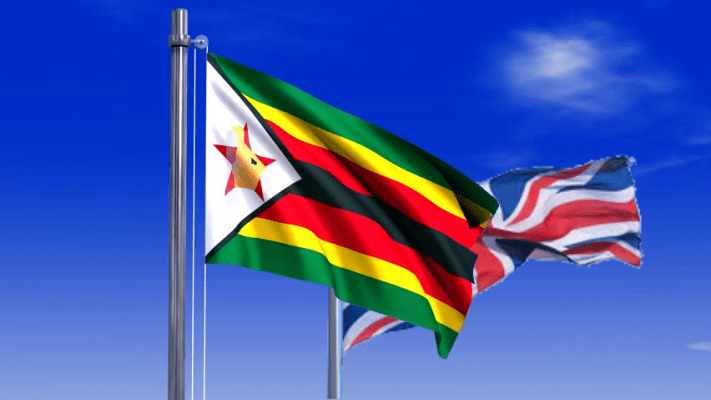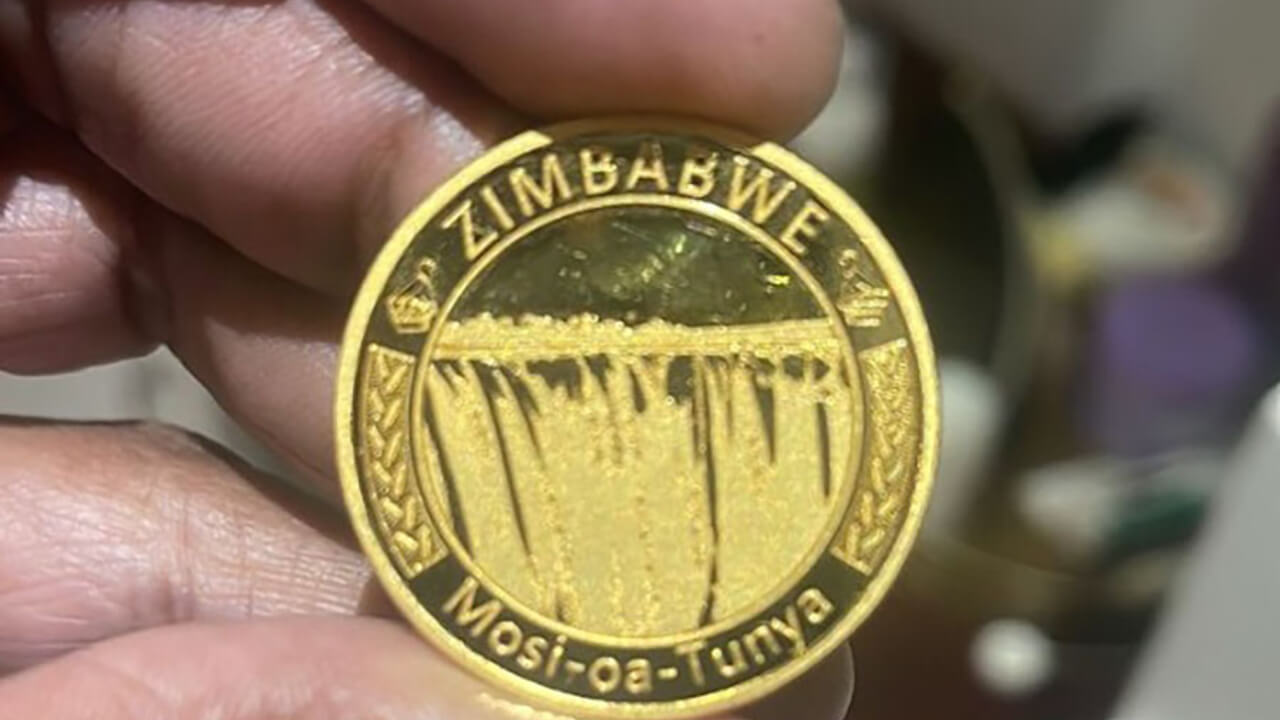Some stakeholders slam use of blended inflation
Some economic players have slammed monetary authorities for using blended inflation in calculating price movements in the economy arguing the formula is masking the real rising cost of living crisis.
Zimbabwe is currently using a multi-currency system dominated by the use of the US dollar as a preferred medium of exchange given the massive market rebuff of the local currency.
In that regard, the country earlier this year adopted a blended consumer price index after considering the pattern of currencies dominating transactions.
The blended inflation method which was officially adopted in February 2023, takes into account the velocity of both local and foreign currency transactions when measuring general price changes in a multicurrency system.
This is despite the fact that a considerable number of the working population still earn Zimbabwe Dollar salaries and wages while others receive a portion of it in US dollars.
Immediately after the measure was instituted, industry stakeholders exhorted local authorities to continue publishing Zimbabwe dollar inflation statistics as it gives a better reflection of the local currency’s performance.
Zimbabwe’s annual consumer price inflation rushed to 86, 5 percent in May 2023, up from 75, 2 percent in April, moving from the downward trend realised since the beginning of the year.
Inflation in the local currency has remained elevated in the Zimbabwean economy, eroding savings and incomes but that cannot be captured through the use of blended inflation.
The latest blended inflation statistics released by the Zimbabwe National Statistics Agency (ZimStat), show month-on-month (MoM) inflation growing untenably in May 2023, as it gained 13, 3 percentage points on April 2023 rate of 2, 4 percent to land at 15, 7 percent.
Food inflation alone closed the month of May 2023 at 117 percent from 102 percent in April.
This is all on the back of the Reserve Bank of Zimbabwe’s (RBZ) earlier projections that the month-on-month inflation rate will average 1, 5 percent in 2023.
The past fortnight has been horrific for local consumers as Zimbabwe went through a rampant wave of price hikes particularly for basic commodities.
Government has repeatedly blamed the occurrence on unprincipled businesses given their alignment of prices to parallel market rates.
Zimbabwe dollar price inflation estimates show numbers that are much higher than the official statistics.
The Total Consumption Poverty Line for Zimbabwe stood at $33 044, 46 per person in April 2023 and the figure unsustainably rose over the month of May and worse in June.
This is despite the government’s efforts to tame inflation as seen by recurring announcements of measures to encourage the use of the local currency as opposed to the dollar.
Local think tank Zimbabwe Coalition on Debt and Development (ZIMCODD), said the Zimbabwe dollar has so far this month plunged more than 50 percent in value against the U.S. dollar while it has weakened more than 80 percent since the start of the year.
According to ZimCodd, apart from undermining living costs, blended inflation figures also affect many other facets of the economy among other things financial reporting, asset valuation, contract and wage negotiations, tax policy and regulation, indexation, pay setting, research and analysis and estimation of production costs.
“Although the May 2023 blended inflation statistics show a jump in general prices, it seriously underestimates the inflation burden choking households as the Zimbabwe Dollar massively nosedives against the USD.
“This increased volatility of Zimbabwe dollar prices risks causing total market rejection of ZWLs and full dollarization of the economy.
“In light of these challenges posed by inflation blending, some private entities have already started tracking Zimbabwe dollar inflation on their own,” said ZimCodd in its periodic review.
Industry representative body, Confederation of Zimbabwe Industry (CZI), is of the view that Zimbabwe dollar inflation would be more reflective of the economy’s direction compared to the vague blended inflation.
Zimbabwean businesses and households have in the previous fortnight been confronted by the harsh reality of a free-falling Zimbabwe dollar as prices of basic commodities spiked.
As such, many shops are either rejecting or limiting Zimbabwe dollar transactions in particular product segments.
Economist, Johnson Paguta, bemoaned the local currency’s loss of value saying it would be progressive if local authorities publish local currency inflation to have an actual reflection of unfolding events in terms of the local unit.
“There is a need for the local statistical agency to uphold data transparency – publicly sharing both the USD and Zimbabwe Dollar movements.
“Retailers have hiked local currency prices, others are trading exclusively in U.S. dollars,” said Paguta.
According to some sections, dollarisation is key at this juncture when inflation seems unstoppable.
But the Apex Bank governor, Dr John Mangudya has a different way of seeing things and recently he defended the use of blended inflation in the economy.
He said it made little sense to publish exclusive Zimbabwe dollar inflation figures when large parts of the economy (70 percent) had dollarised, a fact buttressed by the results of the ZimStat survey.
“When we talk of average weighted inflation, it means just that, that it’s an average inflation based on known figures of both the
Zimbabwe dollar and the US dollar (expenditure).
“Most parts of the economy have dollarised and we now use blended inflation because it reflects more accurately the situation on the ground. You find expenditure split of say 30 percent Zimbabwe dollar and 70 percent US dollars; that is the reality,” he said.-ebusinessweekly











